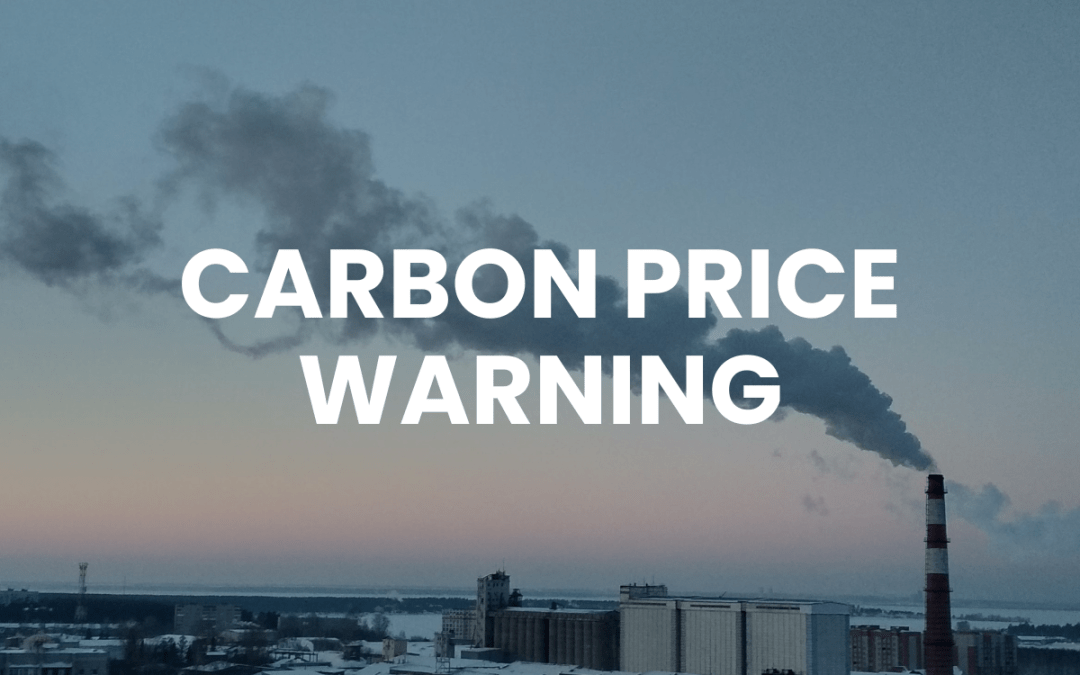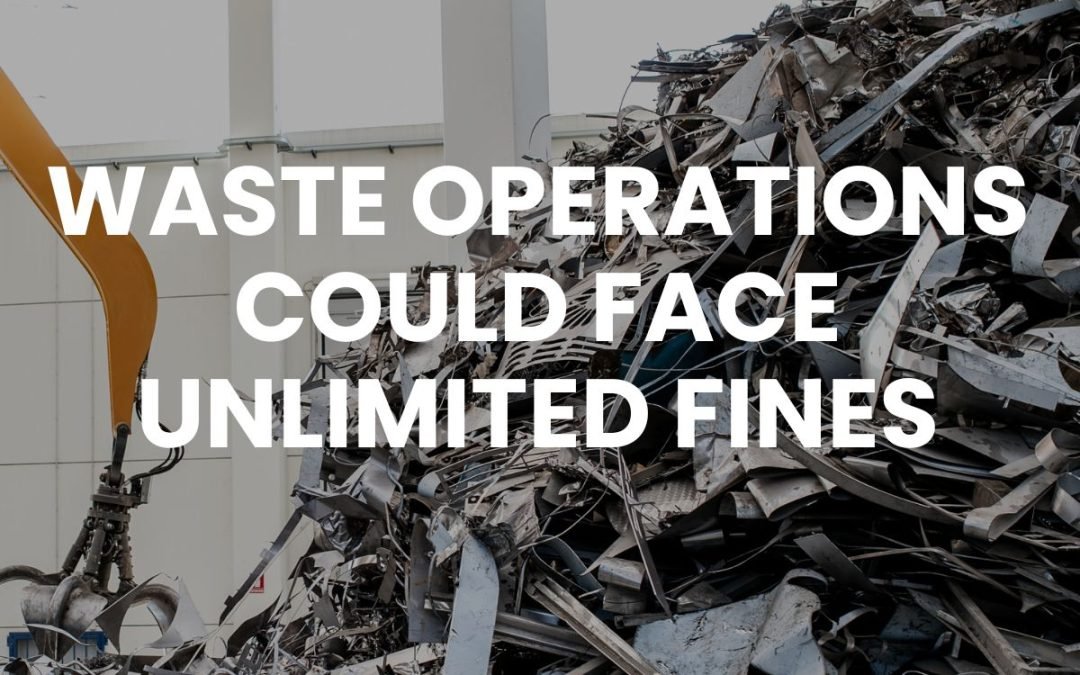Air quality improves as the rest of the world stands still
It’s been plastered all over the headlines of newspapers, online publications and formed the main talking point on countless broadcasts around the world.
We shouldn’t have been quite as surprised as we are, especially with the lions share of the world’s population staying indoors. There are fewer cars on the roads, minimal factories and workplaces with their doors open and less pollution making it’s way into the atmosphere overall.
A giant drop in NO2
The facts fuelling the majority of headlines comes thanks to a drop in nitrogen dioxide (NO2) which leads to the associated improvement in air quality.
In the UK, the NO2 levels were compared from the 24th March with the same day last year, showing salient decreases in pollution. Among the major cities that make up the UK, Edinburgh displayed the largest reduction in NO2 concentration, dropping from 74µg/m3 in 2019, to 28µg/m3.
London Westminster was also on the list of the biggest losers, sporting a massive decrease in NO2 emissions, from 58µg/m3 in 2019 to 30µg/m3 in 2020, a near 50% drop in NO2 concentration.
Increased death rate with increased pollution
But it’s not just the impressive drops in air pollution that have been making the headlines.
With the death rates due to the disease being a major tragic issue faced by countries around the world, research surrounding the air quality correlation to the death rate has been a bitter pill to swallow.
Research from Harvard University T.H. Chan School of Public Health noted an extremely small increase in particulate pollution is associated with a 15% increase in the COVID-19 death rate, something that both media articles and companies have been keeping a close eye on.
With NO2 hugely responsible for the reduction in air quality, there’s a clear link between the rising death rate in the area with poor air quality and the large loss of life in these areas.
A focus on clean air for the future
Although it may have taken a global pandemic to force the hand of the country, it’s clear that air pollution can be decreased. While the crisis isn’t something we ought to replicate, it is something we can draw experience from.
Although it may be tempting for lives to return back to normal following the end of the COVID-19 pandemic, companies should take this time to reflect at what they can do to reduce the NO2 production and contribute to a cleaner environment.
With transport linked to NO2 production, solutions concerning working from home, alternative vehicle use behaviour can all contribute to the reduction in NO2 footprint. It might not be the easiest of tasks, but it’s safe to say that’s it one that should be a top priority.
As we find a path out of this crisis, organisations can innovate and look for solutions with broad benefits for the local community and businesses. For those of us working to improve the environment and reduce the impact of pollution, the challenge we are seeking to address is how to enable businesses to grow and innovate sustainably without adverse disruption.





